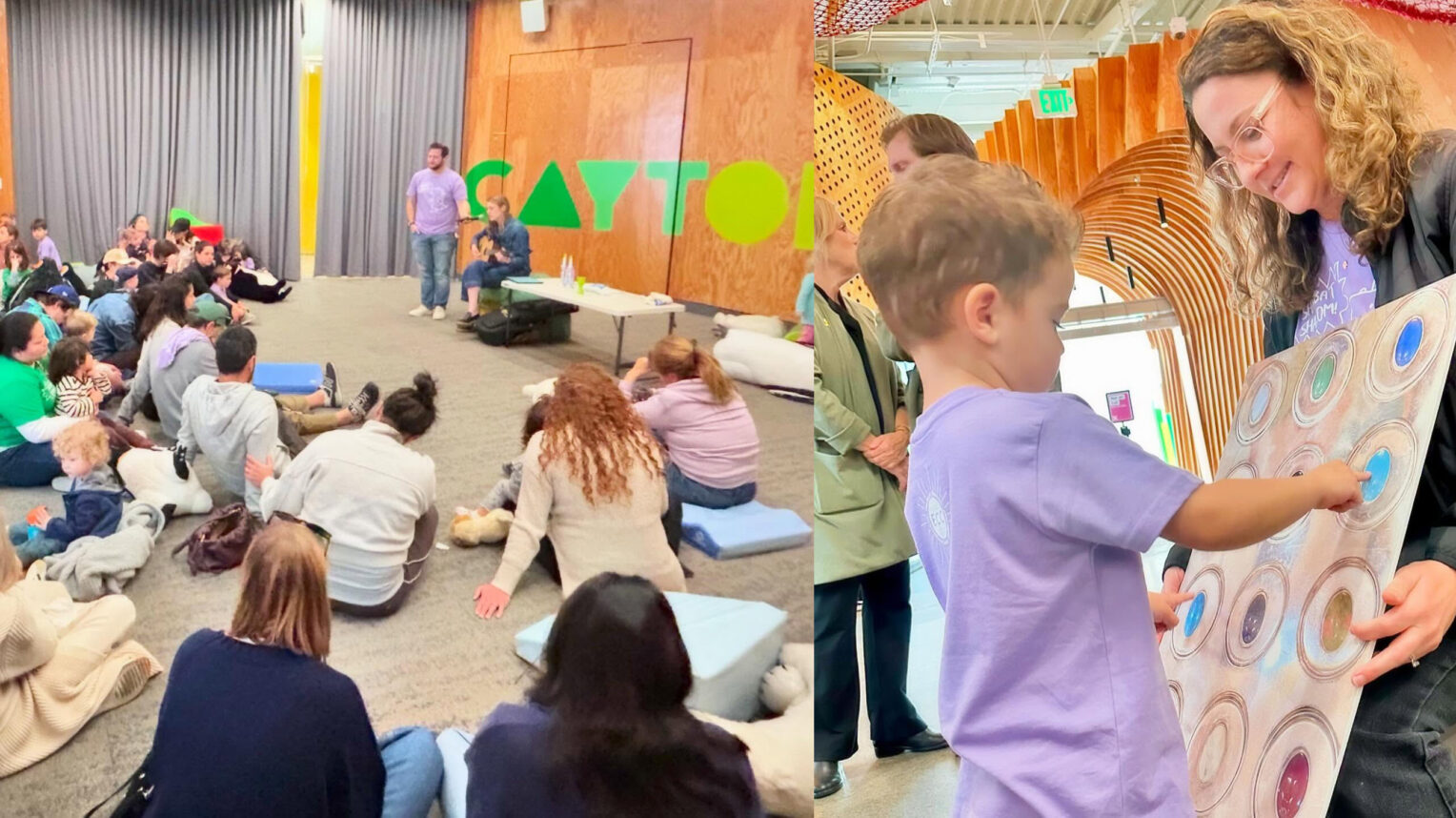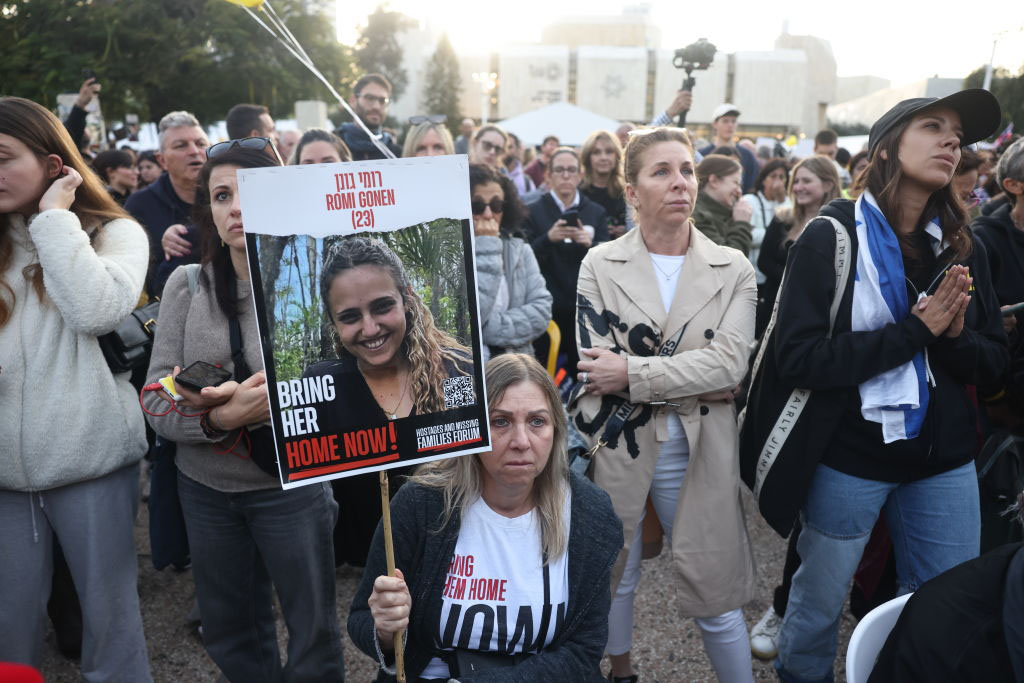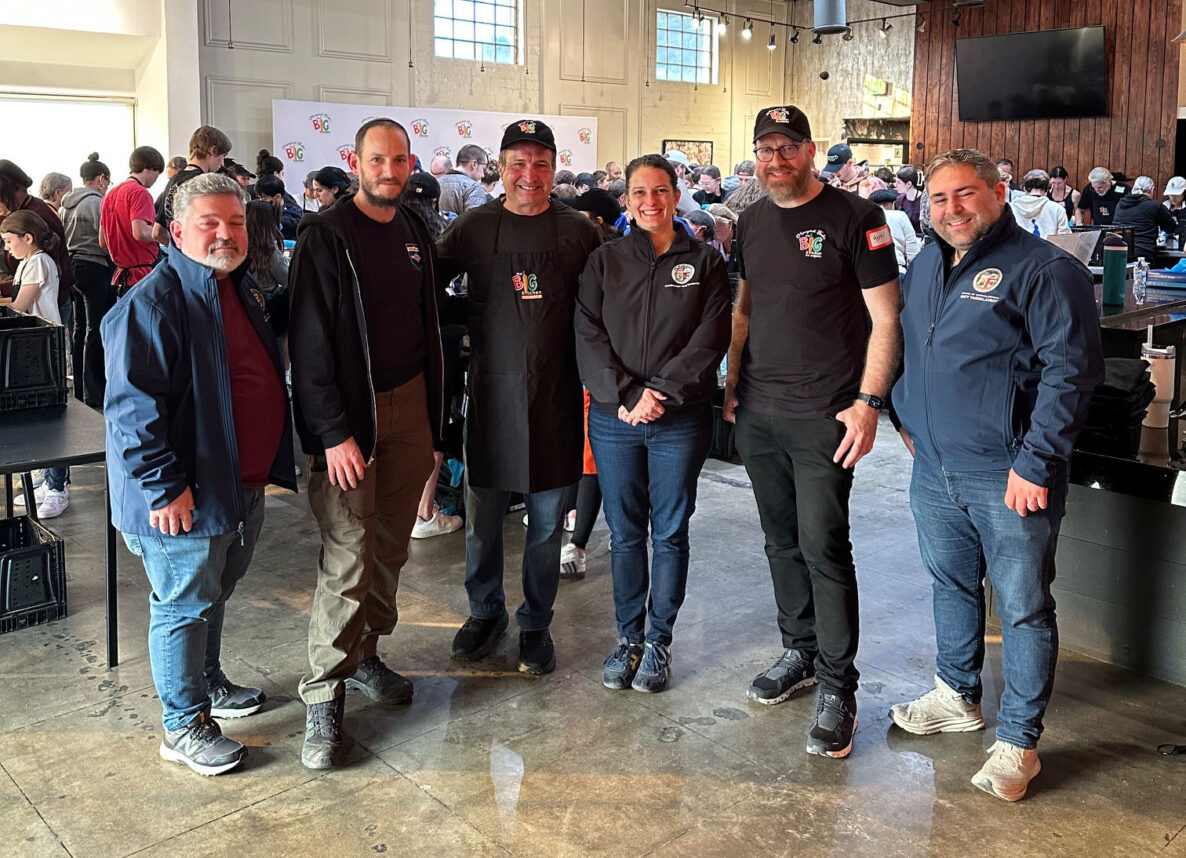Go Down Moses
I recently wrote a Jewish Journal blog titled ” target=”_blank”>Louis Armstrong version of the song Go Down Moses, and it hit me that it was the same song I love to sing during Passover. Armstrong recorded Go Down Moses in New York City on February 7, 1958, and along with Sy Oliver's Orchestra.
The song is originally written as an African American Negro Spiritual, and was a popular slave song, which became the anthem of the anti-slavery movement. It was sung by slaves in the South who felt a kinship between their plight and that of the Jewish Slaves in Egypt.
The Karnofskys
I showed my Go Down Moses blog to a friend of mine, and she asked me if I knew that Louis Armstrong used to wear a Star of David. I had no idea, and so I decided to look into it and discovered a great story about Louis Armstrong’s very meaningful relationship with a Lithuanian-Jewish immigrant family, the Karnofskys. Armstrong had even written a memoir of his relationship with the Karnofskys titled, Louis Armstrong + the Jewish Family in New Orleans, La., the Year of 1907.
Louis Armstrong was born August 4, 1901, in a section of New Orleans that was so violent that it was called the battlefield. His father was a day laborer named William Armstrong, and left the family and his children rarely saw him. His mother was 16 years old when she had him. He grew up in such poverty that he often didn’t know when his next meal was going to come.
The Karnofskys were a financially poor but loving family towards Armstrong. They provided a bed, food and shelter, and even included him in their Shabbat dinners. Armstrong had helped the father with his horse-and-wagon hauling business delivering coal. Each day as they passed a particular store, Armstrong pointed to an old cornet in the window, a cornet he couldn’t hope to buy but longed to play. One day, Mr. Karnofsky stopped at the store, walked in and came out with the cornet. He handed it to Armstrong and told him he could work it off. They helped him to purchase his very first instrument.
Louis Armstrong proudly spoke Yiddish, loved matzah, had a mezuzah, and always wore a Star of David around his neck, which was given to him for good luck by another Jew who played a significant part in Armstrong’s life, his manager, Joe Glaser. He listened to the Yiddish melodies the mother often sang to her children — later in life, these melodies would find their way into his own music.
In his memoir Louis Armstrong + the Jewish Family in New Orleans, La., the Year of 1907, he describes his discovery that the Karnofskys were also subject to discrimination by “other white folks' nationalities who felt that they were better than the Jewish race… I was only seven years old but I could easily see the ungodly treatment that the White Folks were handing the poor Jewish family whom I worked for.” Armstrong wore a Star of David pendant for the rest of his life and wrote about what he learned from them: “how to live—real life and determination.”
 The Karnofsky Project
The Karnofsky Project
There is an organization in New Orleans called Kindness Can Go a Long Way
This story goes to show the powerful impact you can have on another human being by having an open heart and home. The Karnofskys helped contribute to the growth of one of the worlds greatest musicians, and the father of Jazz.
Making the Angels Weep
“I think Armstrong boils down to how do you define genius. And I guess that it’s partly that you hear something that no one else has heard. He heard rhythms and melodies, and a sound, a way of extending his voice into the trumpet, all of which was original with him. And the result is so overpowering and so spiritual, it’s enough to make the angels weep.” – Excerpt from the documentary ~Great Notes to End On:
What a Wonderful World http://www.youtube.com/watch?v=E2VCwBzGdPM
Le Vie En Rose http://www.youtube.com/watch?v=8IJzYAda1wA






















 More news and opinions than at a Shabbat dinner, right in your inbox.
More news and opinions than at a Shabbat dinner, right in your inbox.